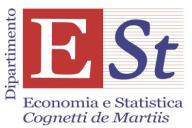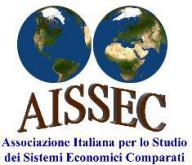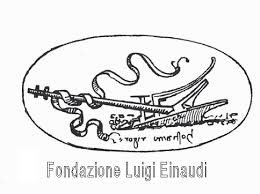19 | JULY 2021
Edited by Marta Marson, University of Turin and OEET
International trade of food and agricultural commodities has long been attracting the interest of development economists. In the XX century and after the second World War, the main focus was on the role of the nature and direction of these flows in determining the structural features of the economies involved and their mutual relationships. Structuralist economists highlighted the issue of the worsening terms of trade for developing countries. They argued that international trade worked against ‘Third World’ countries that relied on exporting primary products and on importing manufactured goods. They challenged the idea of mutual benefit maintained by the neoclassical theory, argued about an unfair transfer of economic gains. The world economy was made up of a centre and a periphery, and their relations, with the central role of trade, tended constantly to reproduce the conditions of underdevelopment and to widen the gap between the two.
Benedetta Falsetti[1], Elena Vallino[2] , Luca Ridolfi[1], and Francesco Laio[1]
We analyze the farm-gate prices of twelve representative crops in 1991-2016, considering data from 162 countries. The association between crop price and unit water footprint is investigated, also accounting for the country’s water scarcity and of the land footprint as possible confounding factors. We find that prices of staple crops (e.g. wheat, maize, soybeans, and potatoes) seem to embed the amount of water used for their production. Differently, food products whose production is more export-oriented (e.g. coffee, cocoa beans, tea, vanilla) exhibit weaker or negligible water price links. These variations may be ascribable to specific market dynamics related to the two product groups.
Marta Marson[1][2], Donatella Saccone[3] [2] and Elena Vallino[4][2]
While the importance of trade policies for food security is usually recognized, the overall impact of trade openness on hunger remains uncertain. We discuss it by relying on a preliminary analysis of recent data for a sample of developing economies and showing how total trade and, more specifically, trade of cereals seem to exert a positive impact on food security but only under specific conditions.
Adriana García Vargas[1]
The COVID-19 pandemic has had a devastating impact on the global economy, and also caused a sharp decrease in trade. While agricultural trade declined in early 2020 as a result of the pandemic, its recovery has been faster than for other sectors, reflecting great resilience despite numerous disruptions to food value chains, and confirming the essential character of agriculture. Even though the world managed to avert the threat of a food crisis in 2020, the economic recession and the resulting loss of income threaten the access to food for millions, and the fact that world food prices are increasing strongly as of May 2021 is worrying. Many governments have responded to the pandemic with policy measures such as food export restrictions and support to the agricultural sector. Some of these measures, particularly when applied by large players, can have a significant impact on global food markets. The upcoming Twelfth WTO Ministerial Conference is an opportunity to agree on steps to strengthen the multilateral rules on agricultural trade, which can help enhance its contribution to the global recovery and to food security
Our activities
-
11th OEET Workshop Programme
Global Trade Shocks and Geopolitical Uncertainty: Implications for Food Security in Emerging...









